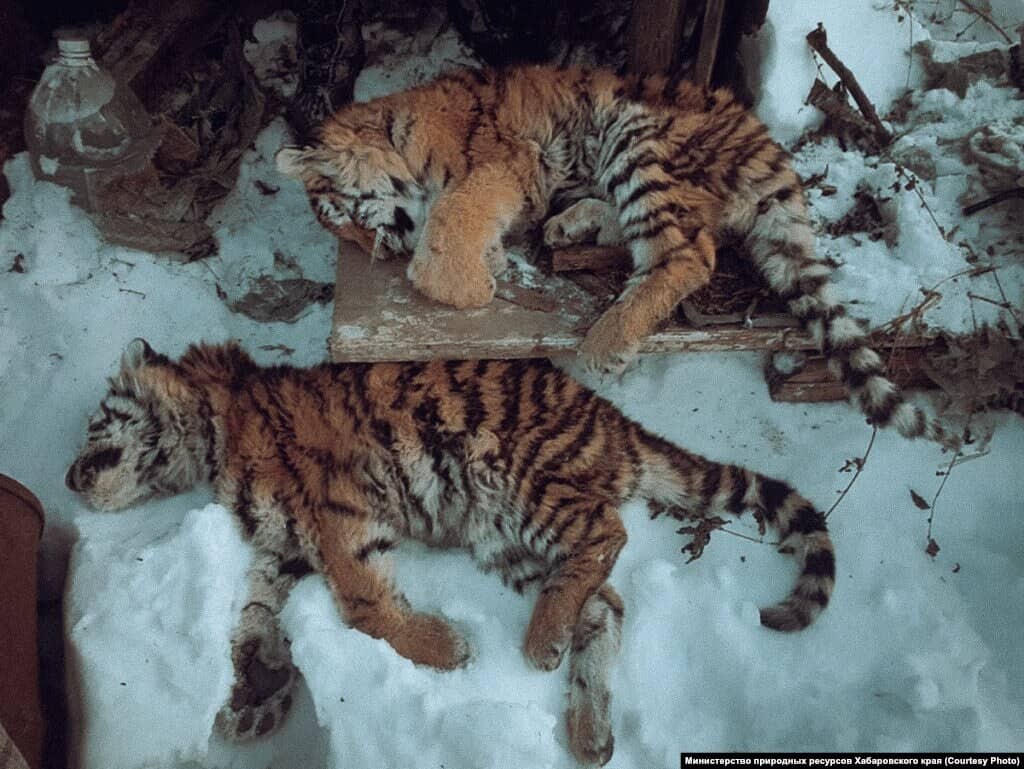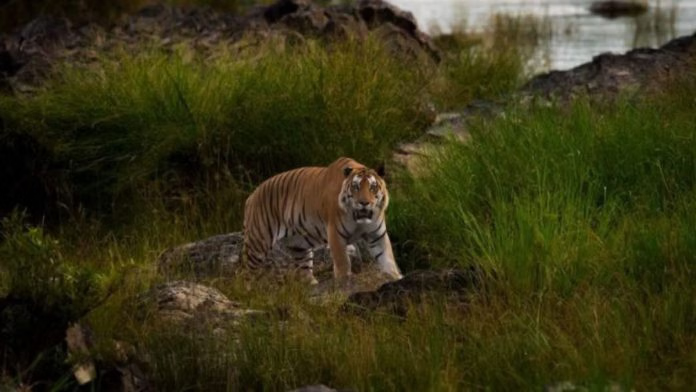Swine flu
African swine flu has devastated wild boar populations in Russia’s Far East, wiping out 90–95% of a key prey species for Amur tigers. The result is desperation. Starving tigers, once reliant on boars in winter, are now wandering into villages, attacking dogs, and clashing with people. Conflict incidents have risen more than elevenfold since the outbreak began in 2019.
Researchers recorded 100–250 incidents per year in recent years, compared to just 20 annually before. Tiger deaths linked to conflict—either killed outright or removed—have more than tripled. Females in poor condition fail to raise cubs, with many litters lost to starvation.
Official Russian claims still boast rising tiger numbers. Independent research shows the opposite. Conservation programs get lip service, but little funding. Enthusiasm replaces state support, while poachers continue targeting deer, adding to prey decline.
Hungry tigers near roads and settlements are not “problem animals.” They are victims of collapsing ecosystems. Disease, poaching, and neglect converge—and it is the tigers that pay. This is the cost of unchecked tiger habitat destruction.
The swine flu article:
Based on Journal of Wildlife Management via The Wildlife Society, Russia.
Photo via Sergey Kolchin / The Wildlife Society.







